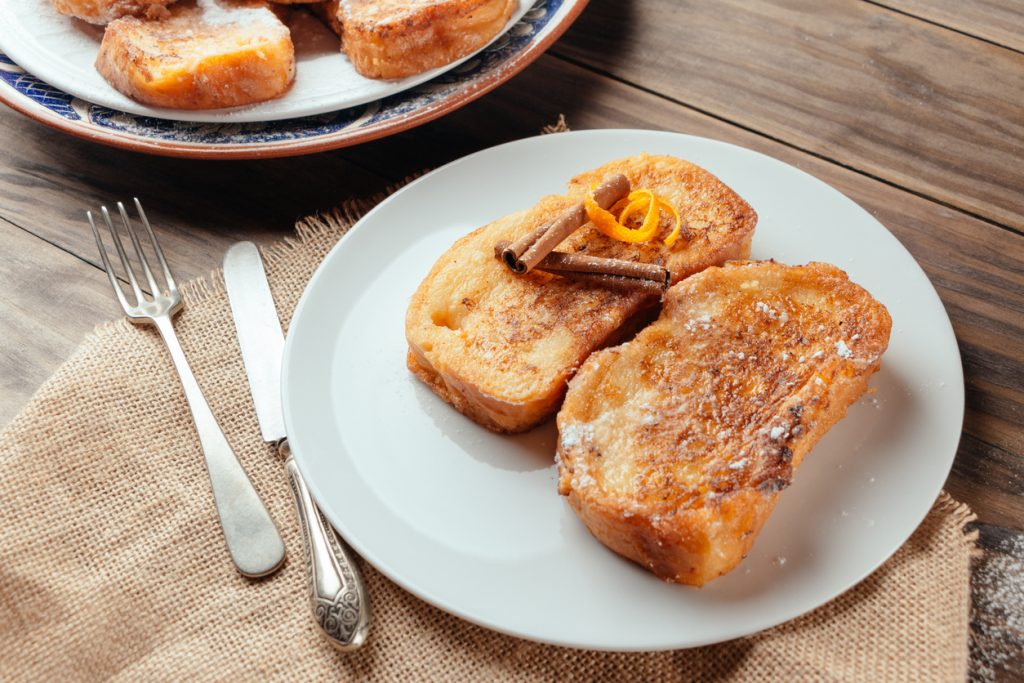Although Spanish cuisine is always delicious and a delight for the tastebuds of any tourist, over the Easter holidays there are some additional interesting treats. The majority of the country follows Christian tradition, which forbids eating meat during Lent. Over the centuries, the collective imagination, therefore, came up with a series of typical dishes for the Easter period, which have acquired a range of colours and flavours over time.
Let’s take a short tour of the most popular traditional Easter dishes in Spain. There’s much more than just torrijas (a kind of Spanish eggy bread), as each region has its own rich and unique traditions. So, let’s get started…
PESTIÑOS
These sweet pastries, which are also a Christmas favourite, are very popular in Extremadura and Andalusia.
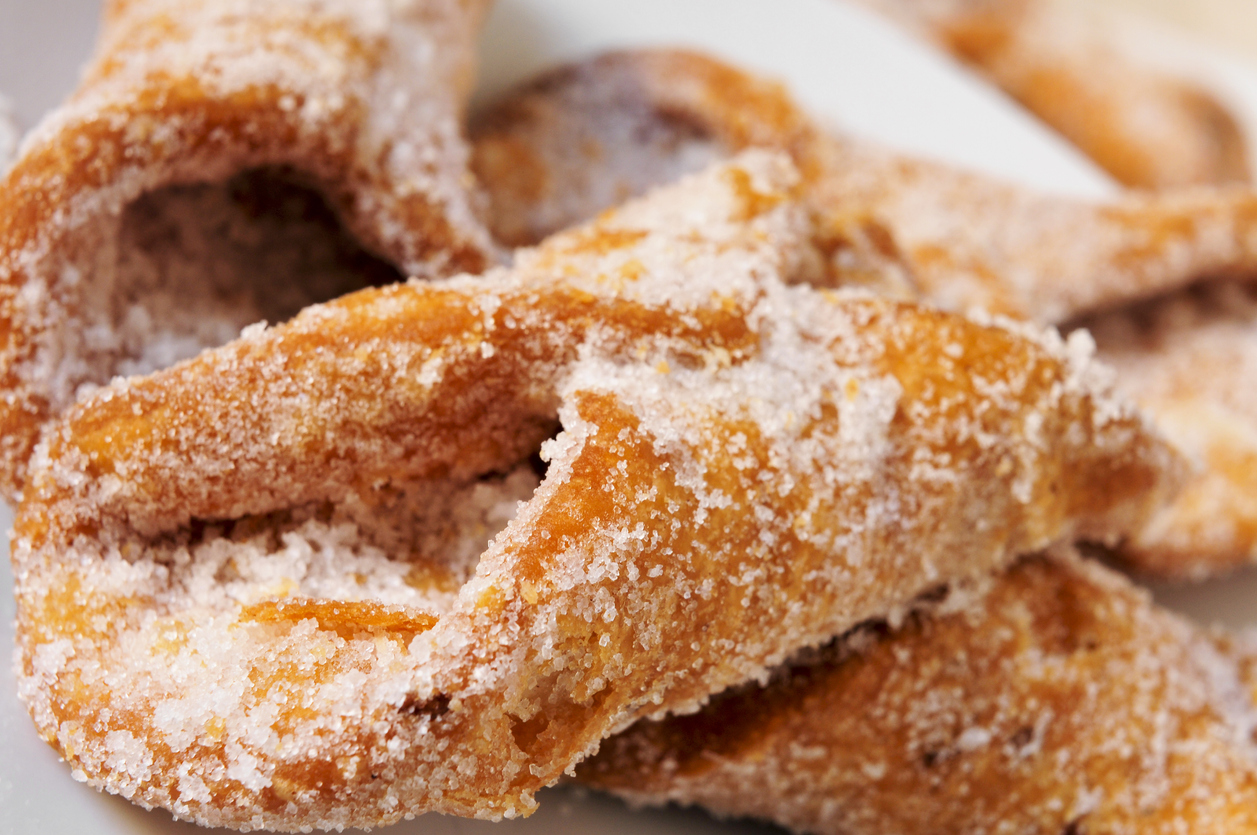
They tend to be in the shape of a bow or bow tie, always folded, and are made with dough fried in copious amounts of olive oil, then seasoned with a touch of honey. These delicious treats are so popular that they are enjoyed in most of Andalusia the whole year round.
FILLOAS
This dish is also made with very simple ingredients: eggs, flour, butter, milk and salt.
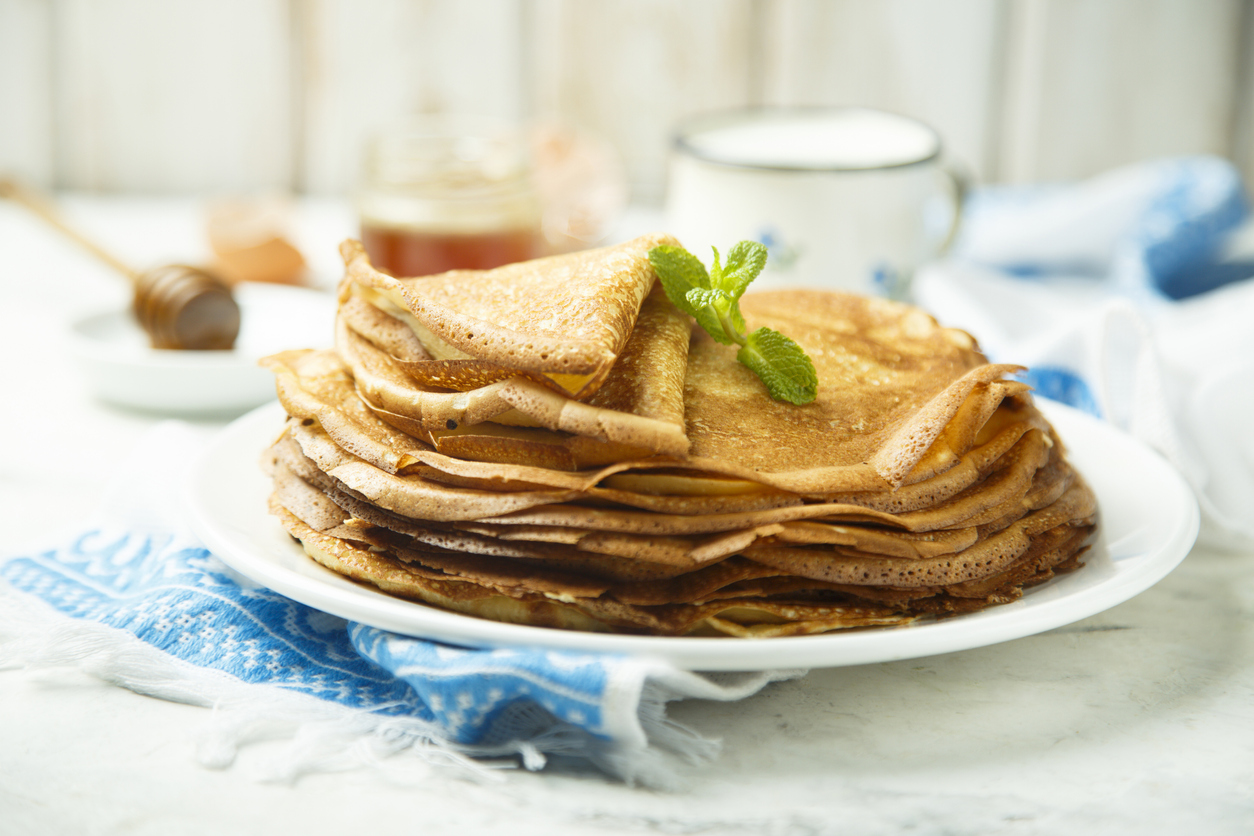
The most authentic filloas can be found in northern Spain. In Galicia and León they are served as a typical Easter treat.
They are also enjoyed for carnival.
CHICKPEA STEW
As tradition decrees that meat cannot be eaten during Lent, there’s plenty of room for traditional filling dishes that provide an extra energy boost.
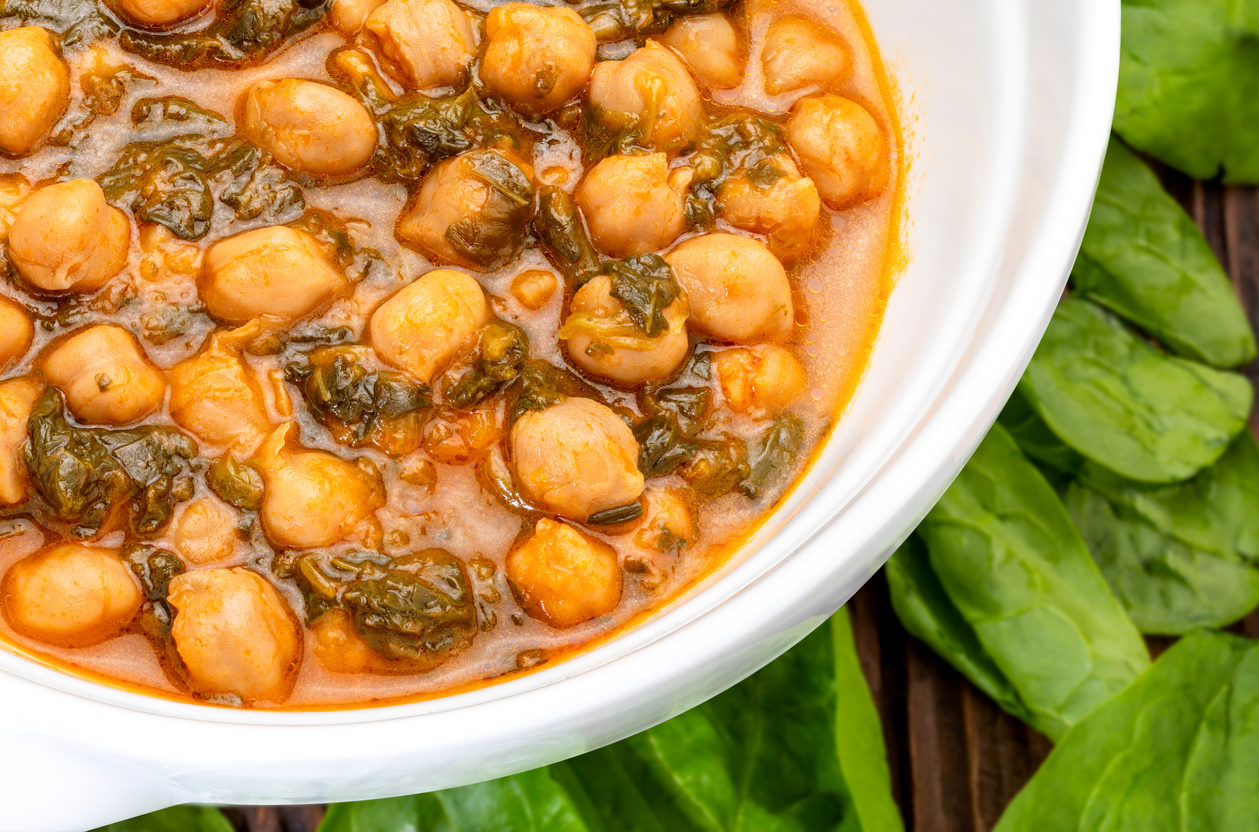
This includes stews made from chickpeas, spinach or cod. One of the most popular stews is made with cod. In addition to fish, this dish is made with white beans, spinach, onion, oil, garlic and pepper.
MONA DE PASCUA
This cake is most popular in Valencia and Catalonia, although it can also be found in other regions of Spain.
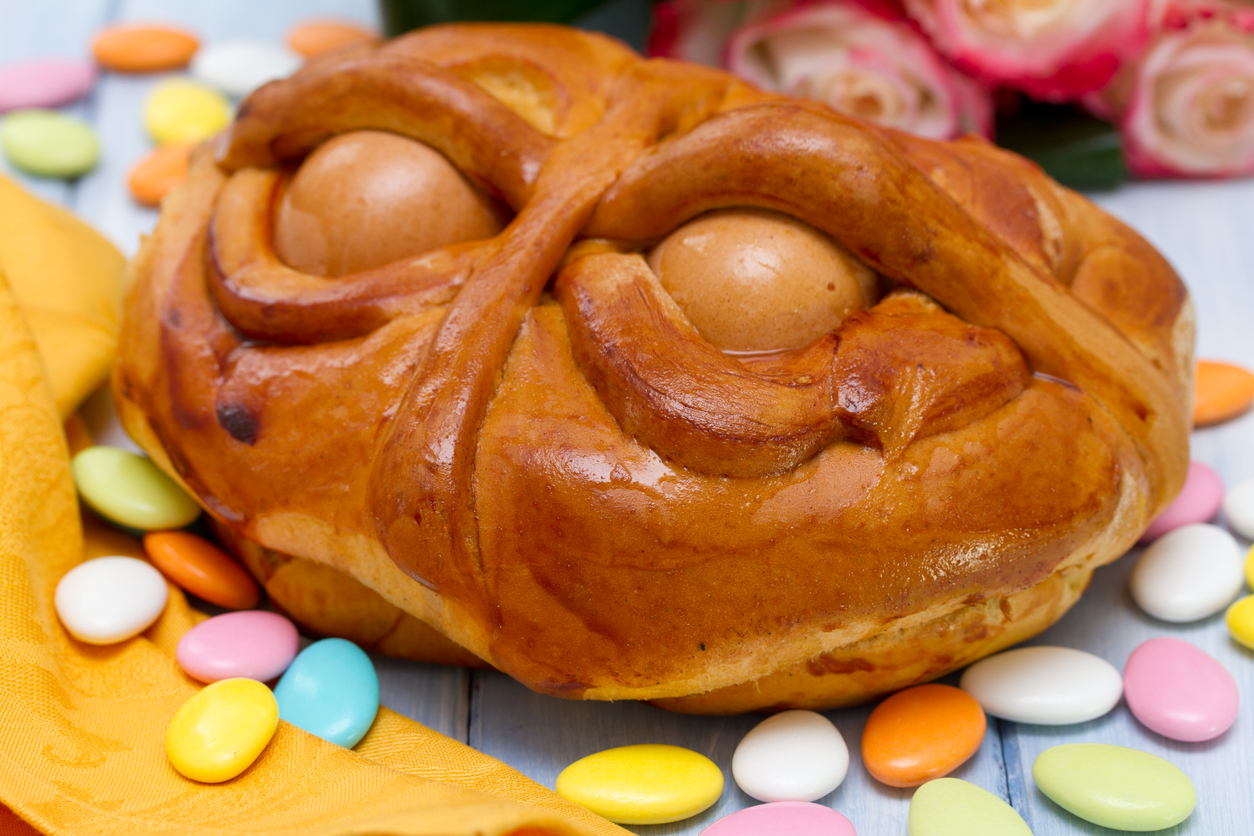
The cake symbolises the end of Lent, which means it marks the end of the fasting period specified on the Christian calendar.
The main ingredients of this cake are flour, sugar, eggs and salt. It’s topped off with several boiled eggs with colourfully painted shells.
Tradition dictates that it should be eaten as an afternoon snack over Easter, accompanied by a typical Easter cured sausage – the longaniza.
Another version of this dessert comes with chocolate and a dusting of icing sugar instead of boiled eggs.
TORRIJAS
Like all the dishes listed in this article, their origin lies in times of shortage, and the need to survive during fasts and times when food was less plentiful.
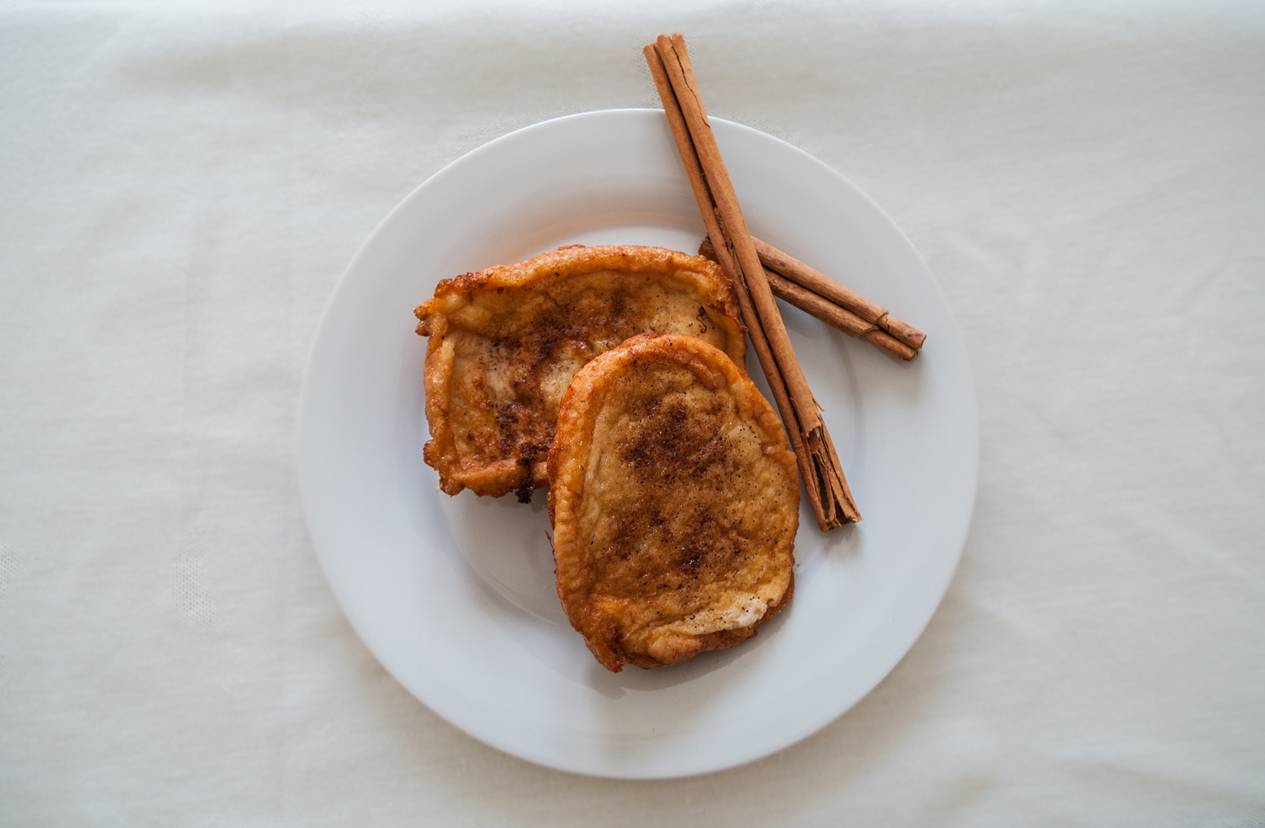
Torrijas are the Easter holiday treat par excellence. Perhaps it’s one of the few dishes on the list that has managed to become famous outside Spain.
It’s an ingenious way of making use of stale bread that is a few days old. The bread is then soaked in milk, covered in egg and fried in hot oil.
It’s given extra flavour with liqueur, cinnamon, honey or sugar. There are many different ways of preparing torrijas, and if you search online, you’ll be able to find variants by top Spanish chefs.
Vegan versions are also available, prepared using soy milk and bean flour instead of egg.
LECHE FRITA
This dish has also spread throughout Spain. That’s perhaps why it’s the star desert out of all the typical Easter dishes.
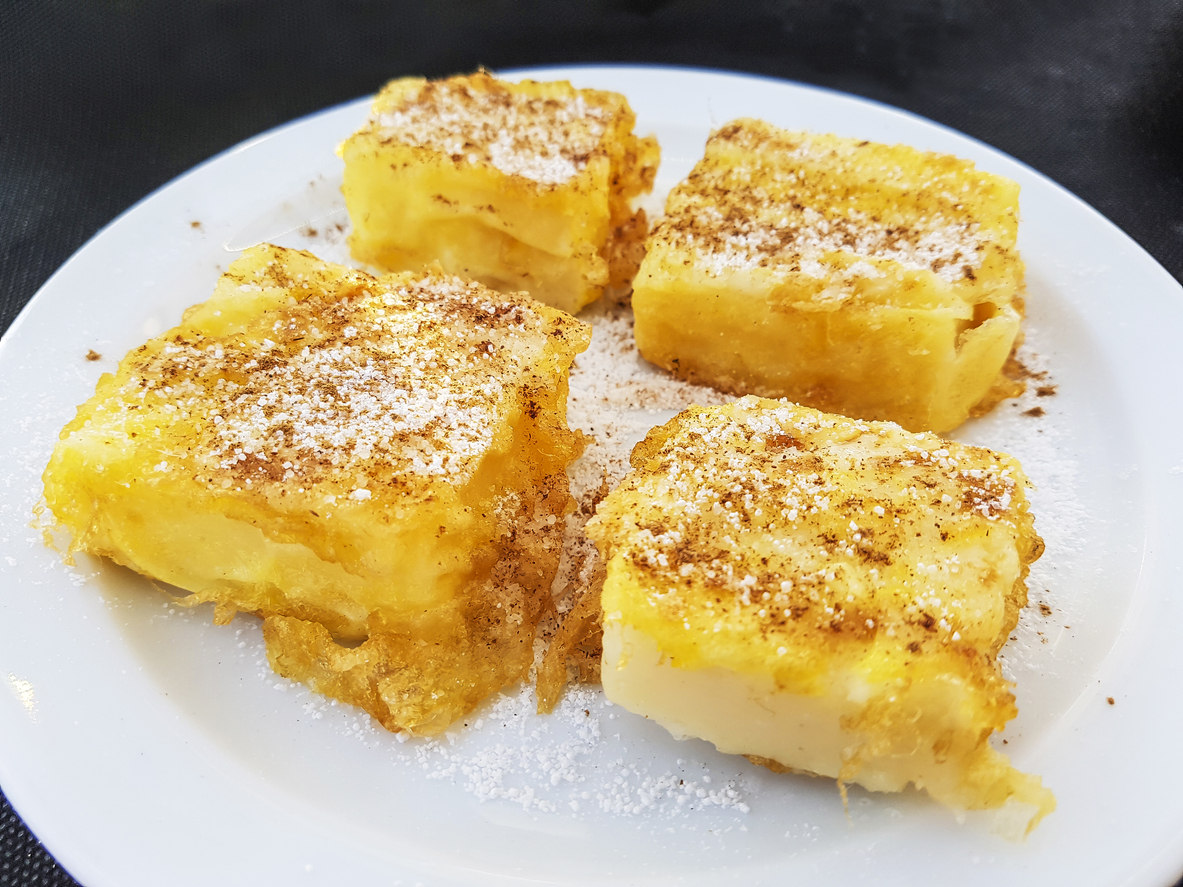
The recipe is simple and does not require any expensive or obscure ingredients. All that is required is milk, flour, sugar, cinnamon, egg yolk, lemon rind and butter.
GARLIC SOUP
This is a popular dish on menus across Spain, but it takes centre stage over the Easter week.
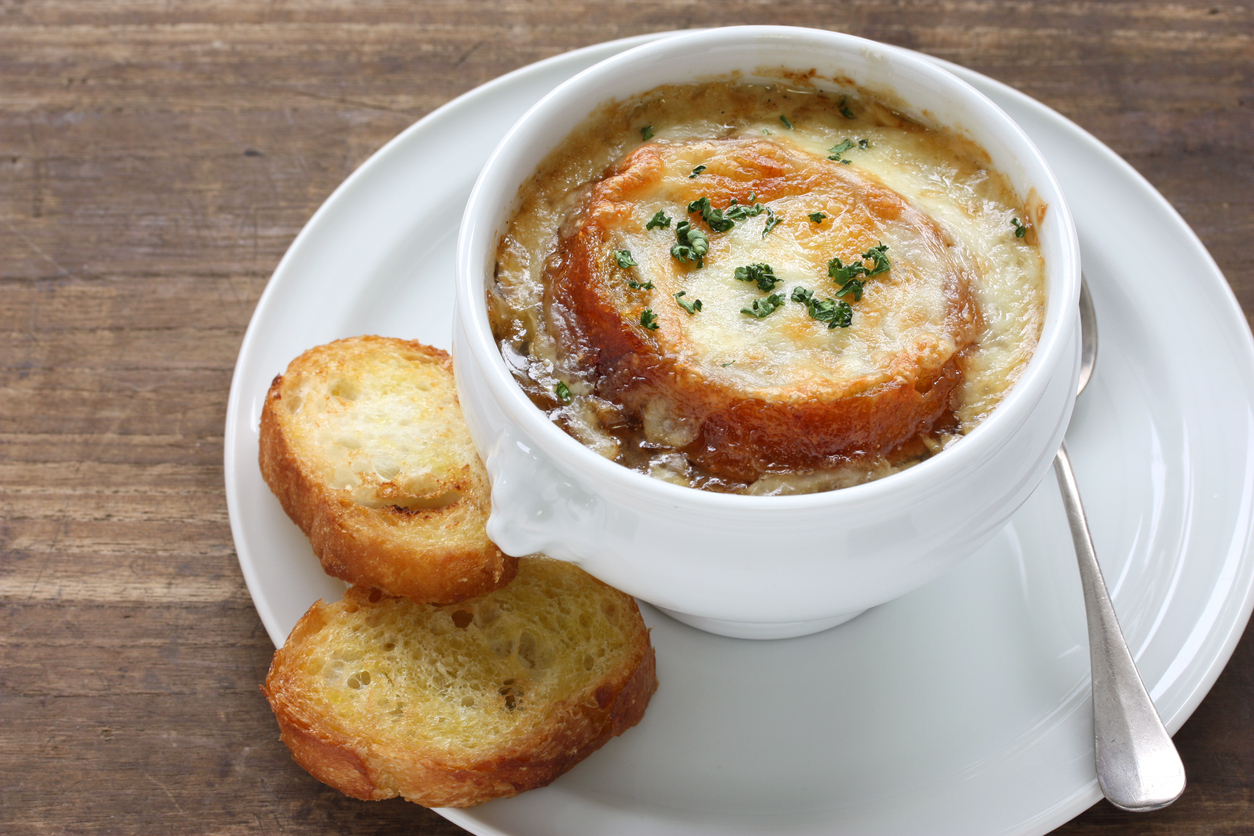
Just like the torrijas, the recipe makes the most of using stale bread.
It’s perhaps more typically found in northern Spain, and the basic ingredients are water, bread, garlic, parsley, pepper, olive oil, eggs and a lot of salt.



